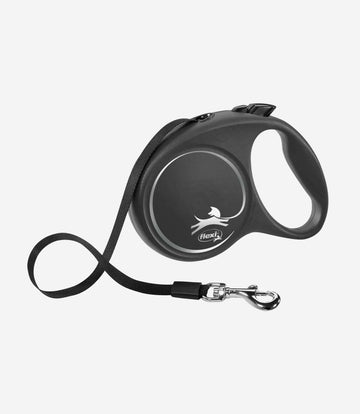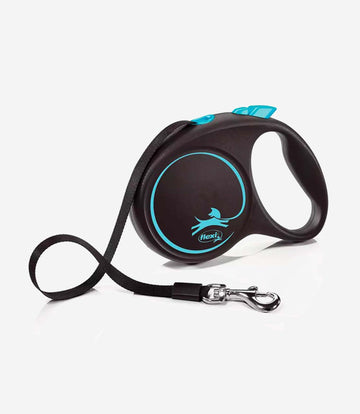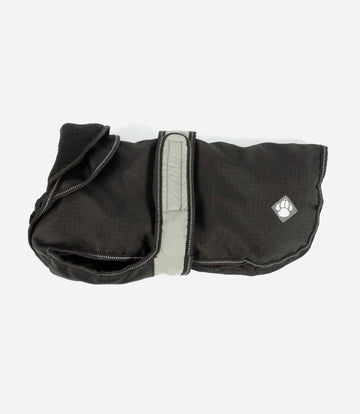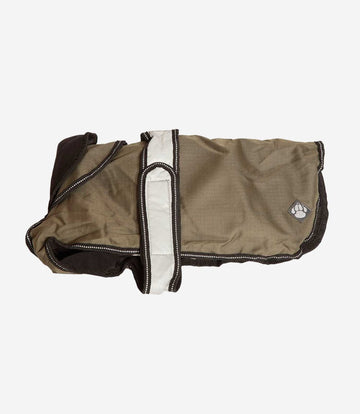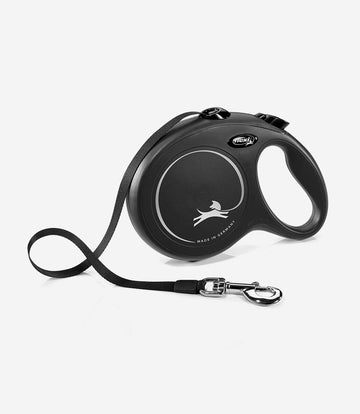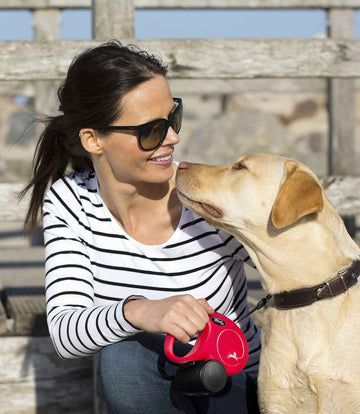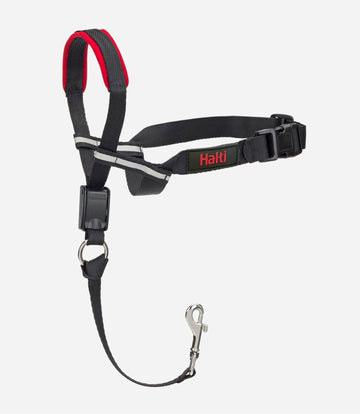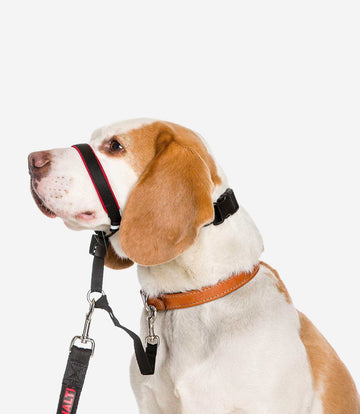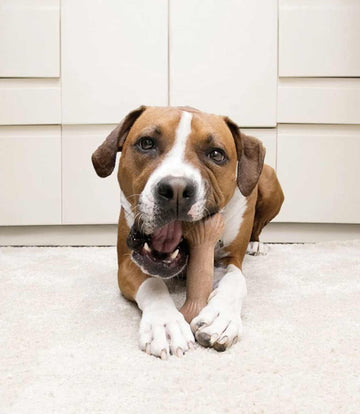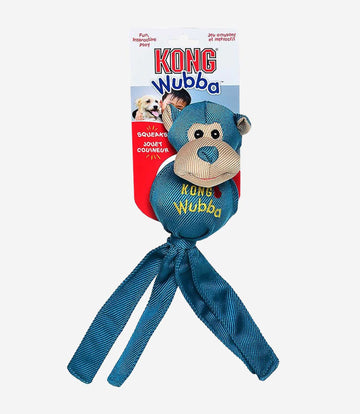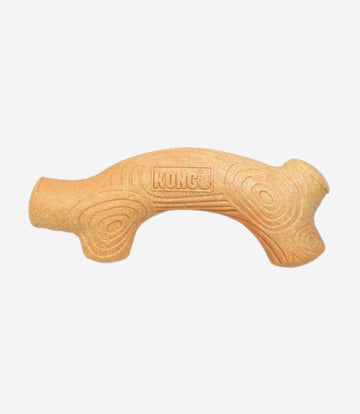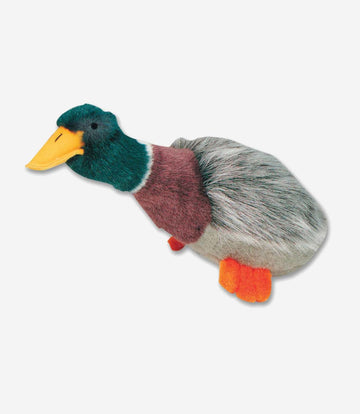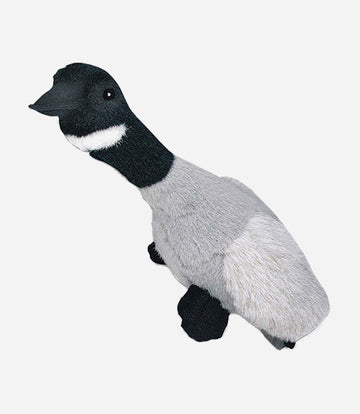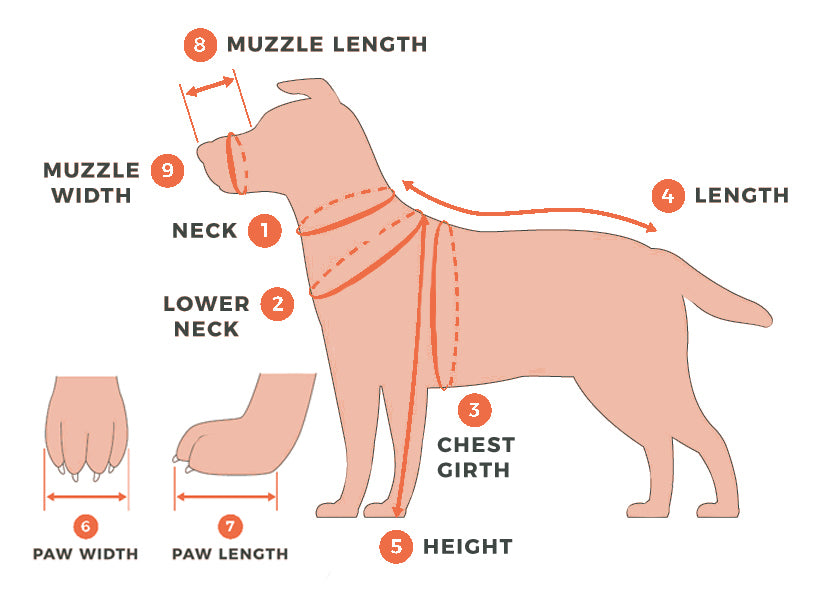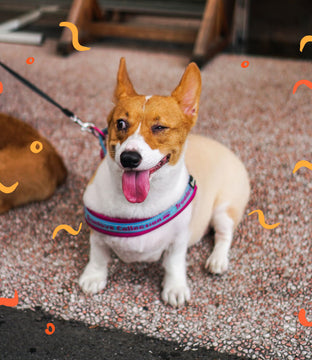My dog doesn't want to walk? Spicing Up Strolls with dog walking tips!

If you are a dog lover then a walk with your dog can be the highlight of your day. Walking with your dog is not just a mundane routine but a chance for you to break away from your monotonous schedule and stretch your legs while having a merry time with your pup. But fellow dog lovers, what if your dog loses interest in these regular exercises? What if your dog doesn't want to walk? You are left with memories of the tail wagging strolls and leash pulling days…
If you want to know why your dog refuses to walk, then join us on a journey that will help you spice up the strolls with various dog walking tips and the underlying reasons that cause reluctance!
- Why are dog walks important?
- Why my dog doesn't want to walk?
- Dog walking tips to encourage your dog
- Dealing with Specific Challenges
- Safety Considerations for Walking Your Dog
- FAQs
Why are dog walks important?

Regular dog walks are important for your dog as walking provides your dog with necessary exercise that strengthens their body and improves circulation. Such essential exercises promote good behavior while helping your pup in maintaining a healthy weight. Dog walks not only offer you opportunities to socialize with other people and animals but it is an excellent way to help your dog learn appropriate behavior too. Walking with your dog can enhance the bond between you and your fur baby simultaneously reducing destructive behavior.
Why my dog doesn't want to walk?

1. Physical discomfort:
Injuries, joint pain, arthritis, such ailments can cause discomfort to your dog while walking. It is important to observe your dog’s behavior to surmise the reasons of “why doesn't my dog want to walk”. Check their foot pads, walking on rough surfaces or extreme temperature can cause them discomfort too. Also, look for the signs of overexertion as strenuous physical activity can make them tired causing the reluctance.
2. Fear or anxiety:
If your dog has negative experiences such as meeting aggressive dogs, hearing loud noises or dealing with harsh weather conditions, they might hesitate to go for walks. They can also feel fear or anxiety if they are in an unfamiliar place, encountering unknown people or animals. Some pups with separation anxiety can resist walking away from their owners or home in fear of abandonment.
3. Boredom or lack of stimulation:
Dog walks like any other activity become monotonous if there is no variation in it, causing your dog to show disinterest in walks. Let your dog explore, sniff and interact while walking as this will stimulate your dog more to take walks. Make sure to keep the factors such as age and illness in mind as these can result in low energy levels which can be a reason for why your dog doesn't want to walk.
4. Environmental factors:
Dog walks are necessary but it is more essential to check the weather before leading your dog out for a walk. The extremes in temperature - hot, cold, rain or winds can make walking unpleasant for your furry friend. Check the walking surface to ensure your dog’s paws are unharmed. If the outdoor walks are distraction free then your dog will not hesitate to walk.
5. Health issues:
Any underlying health issue such as gastrointestinal discomfort, respiratory problems, or fatigue; any side effects from medicines such as drowsiness, nausea, or disorientation can be a reason for why your dog refuses to walk. If your dog is obese or overweight then they can struggle with fatigue issues while walking that can cause reluctance or avoidance.
Dog walking tips to encourage your dog

- Start short walks: Begin with short walks near your home instead of going on long walks with your pup and once your dog becomes accustomed to walking gradually increase the duration and distance. While walking with your dog, pay attention to their behavior and make sure they do not overexert themselves.
- Make the walks enjoyable: Try to make the walks as enjoyable for your pup as possible by choosing the routes that offer various sensory experiences and exploration. Give your dog ample time to explore its surroundings as this will work as mental stimulation.
- Use positive reinforcement: Organize your dog walking bag and keep necessary items that can make the walks convenient. Keep dog treats to reward your dog to motivate good behavior making the dog walks enjoyable.
- Bring a fur buddy: Dog walks can become more interesting if there is another friendly fur-buddy that can provide companionship, motivation and socialization to your eye candy. When choosing a friend for your dog make sure they have the same temperament, lastly supervise their interaction.
- Use variations in walks: Make your dog walks engaging by exploring different routes and playing interactive games such as fetch, hide-and-seek, or practicing obedience commands in different settings. Provide them new experiences that can stimulate your dog’s curiosity.
- Consider the weather: Schedule the walks as per the weather conditions to avoid any discomfort for your dog that can be caused by uncomfortable temperatures. Also choose shaded routes and give enough breaks to prevent overheating and dehydration.
- Practice patience: As a pet parent, understand the unique needs of your dog and be patient with them. Celebrate any small success they make in their journey and give them rewards to encourage their behavior and build confidence.
Dealing with dog walking challenges!

Challenge 1: Pulling on the leash
Solutions:
- Get a dog harness and practice how to put a dog harness as an easy walk harness for dogs will provide more control and will reduce the strain on your dog’s neck.
- Properly training your dog for walks will help discard the issue of pulling on the leash. Remember to reward good behavior.
Challenge 2: Fear or anxiety
Solution:
- Gradually expose your dog to the triggers that cause fear or anxiety, make sure the incident is under your control.
- Seek professional help from a trainer or a behaviorist for modifying behavior of your dog.
Challenge 3: Reacting towards other dogs or people
Solution:
- Increase the distance between your dog and other people while walking to avoid the triggers.
- Address any issue that can cause your dog to react and use positive reinforcement to teach your dog alternative behavior.
Challenge 4: Overexcitement or hyperactivity
Solution:
- Engage your dog in a play session or short training session before the walk to help release excess energy.
- Maintain a consistent pace and use training commands to encourage calm behavior during the walk.
Challenge 5: Physical limitations
Solution:
- If your dog shows signs of discomfort or has physical limitations, consult with your veterinarian.
- Change the duration of walks and explore low impact activities such as swimming or other exercises that don't cause much strain.
Safety considerations for walking your dog

- Choose a route that has a sidewalk to reduce the risk of accidents.
- Use a well fitting dog walking leash or a dog harness to ensure your dog’s safety.
- Keep your dog up-to-date on vaccinations and flea/tick preventatives to protect them from potential health risks.
- Stay alert and aware of your surroundings to avoid potential hazards such as other aggressive dogs, or poisonous plants.
- Use a walking mate LED dog collar when walking in low light areas to increase visibility.
Wrap-Up!
As we end our dog walking guide, we are fully equipped with the information and reasons regarding why our dog doesn t want to walk. We not just uncovered the reasons but got a treasure of strategies to make their walks enjoyable while ensuring their safety. From starting with short walks to increasing the duration of walks, with this guide we delve into the various challenges one can face during dog walks.
So, lace up your shoes because we can not let our pooch sit and show reluctance towards its walking adventure. Let’s find the reasons and help our fur babies get back on their walking routines.
If you are facing challenges during walks related to dog accessories, check out Nestpets! Here you can find accessories that are designed to provide comfort and safety to your furry companion.
FAQs
Why does my dog walk sideways?
Your dog might be facing discomfort or pain in their hind legs or hips. Observe your dog and consult a vet to make sure your dog doesn’t have any health issues.
Why do dogs walk in circles?
Walking in circles is a natural behavior for dogs, especially when they are about to lie down or when they are surveying their surroundings. But if you observe excessive circling then visit a vet as this can be caused by some disorders.
Why does my dog walk and poop?
Dogs who want to spread their scent while walking to mark their territory often walk and poop.

